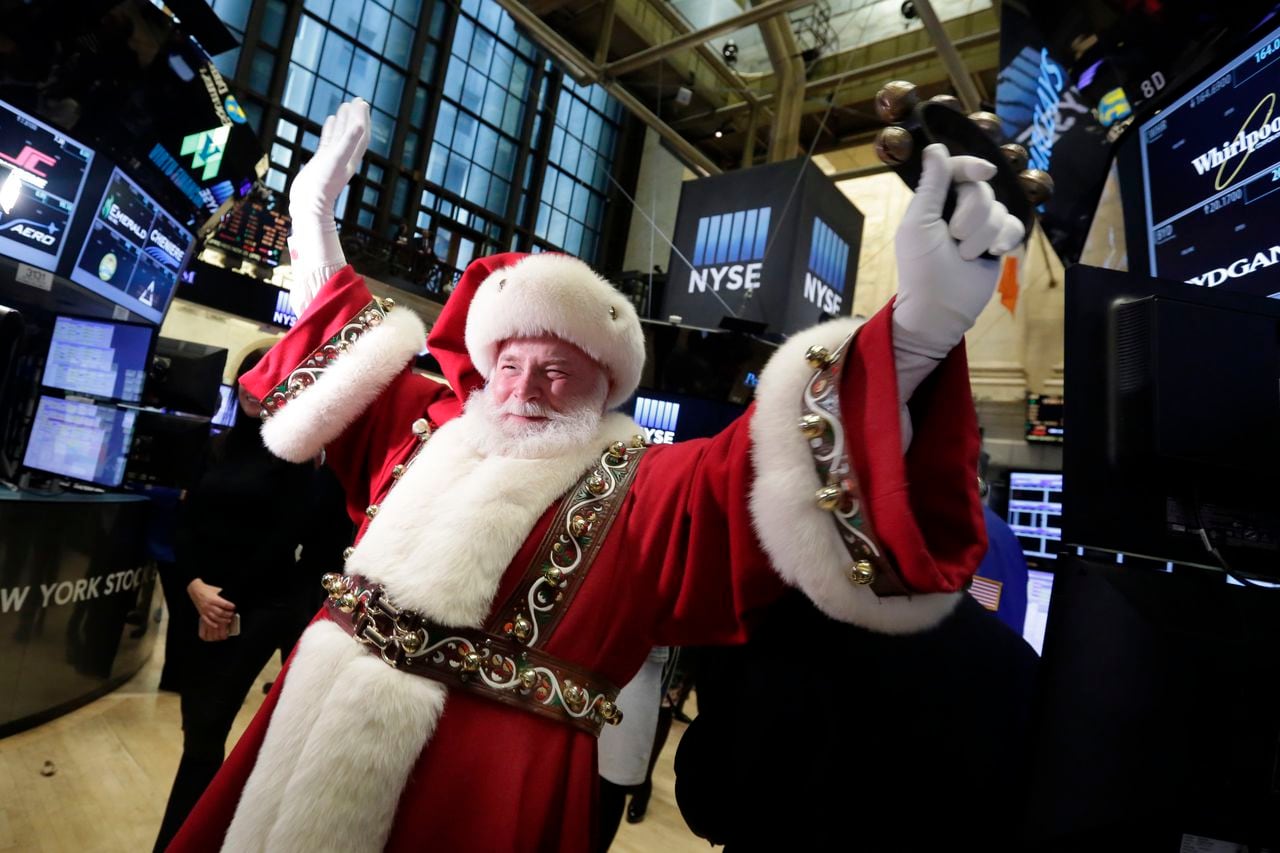








As the year draws to a close, you'll likely encounter discussions among market pundits about the possibility of a year-end surge, commonly referred to as the "Santa Claus rally," in the stock market. But what exactly does this term mean and where did it originate?
Gain insights into the phenomenon of a Santa Claus rally in the stock market.
What characterizes a Santa Claus rally? A Santa Claus rally denotes the historical trend of the S&P 500 index experiencing an uptick during the final five trading days of December and the initial two trading days of January.
What triggers a Santa Claus rally?
Identifying the precise cause of a Santa Claus rally proves challenging due to varying factors influencing markets from year to year. Some reasons cited for this year-end surge include the overall holiday optimism, increased investment of holiday bonuses, and a heightened influence from individual investors.
What are the Implications for investors during a Santa Claus rally?
For long-term investors, particularly those saving for retirement, the presence or absence of a Santa Claus rally in the stock market might not significantly impact investment strategies. The performance of the market over a mere seven trading days holds minimal significance in the broader context of an investment lifetime. Reacting to the potential rally is often deemed a mistake.
Conversely, short-term traders may adopt a more proactive approach, positioning themselves in anticipation of a rally. They might engage in buying stocks or stock funds before year-end, aiming to capitalize on selling them once the rally materializes.
In conclusion, a Santa Claus rally in the stock market refers to the historical tendency of the S&P 500 to rise during the final five trading days of December and the first two days of the new year. The phenomenon has been observed 59 times since 1950, according to the Stock Trader’s Almanac, and may be informally referenced by market commentators throughout December.
Risk Disclaimer: CFDs are complex instruments and come with a high risk of losing money rapidly due to leverage. 85.18% of retail investor accounts lose money when trading CFDs with this provider. You should consider whether you understand how CFDs work and whether you can afford to take the high risk of losing your money.
The Company has ceased accepting new retail clients.
This website uses cookies to ensure you get the best experience on our website.